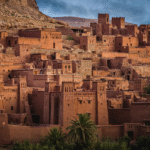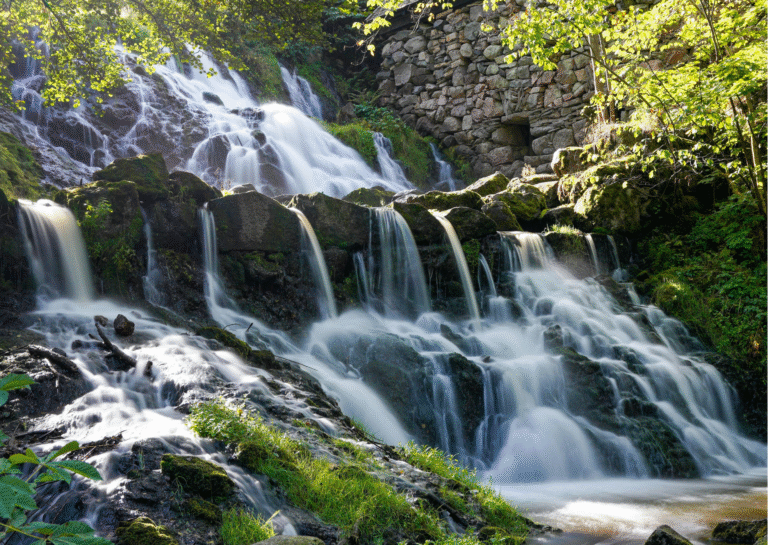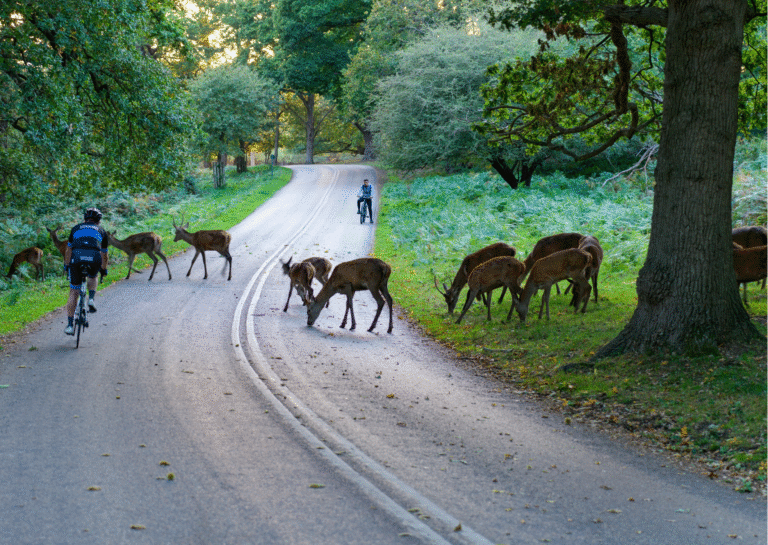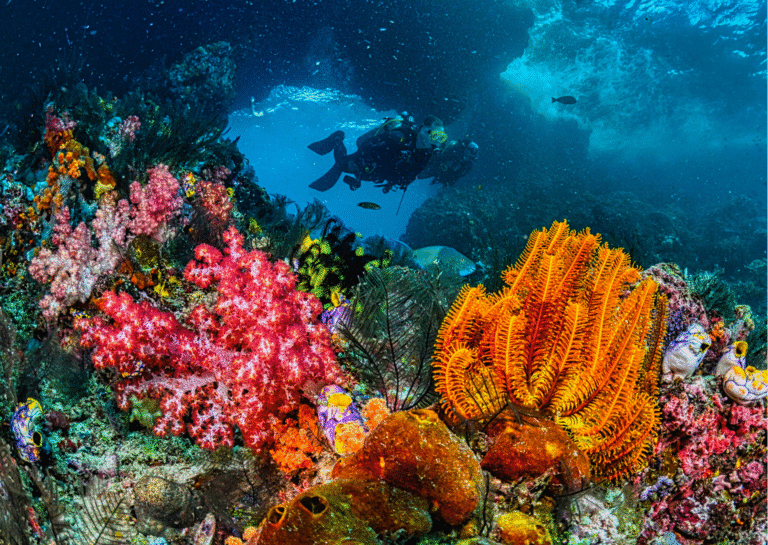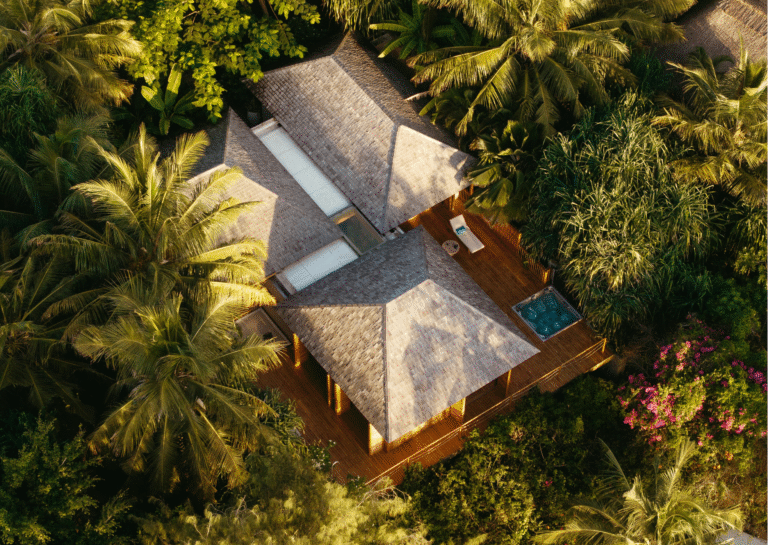The phrase "Greek Islands" has a magical sound to it. It could be the image of whitewashed cottages against the deep blue of the Aegean Sea, or the thought of spending lazy afternoons at a taverna with platters of olives and grilled fish. A lot of us see pictures of Santorini sunsets and beach parties …
How to Experience the Greek Islands Without the Crowds
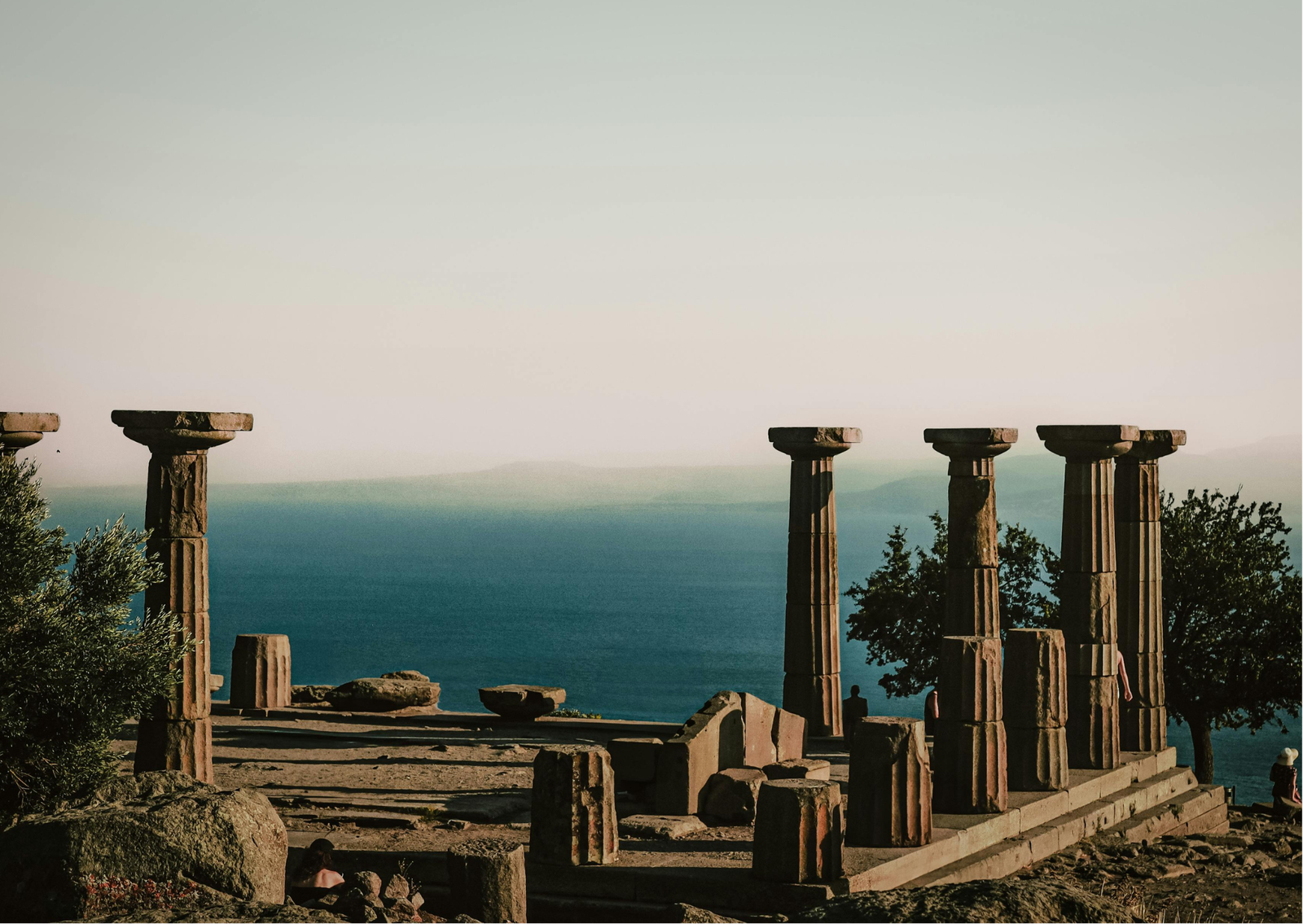
The phrase “Greek Islands” has a magical sound to it. It could be the image of whitewashed cottages against the deep blue of the Aegean Sea, or the thought of spending lazy afternoons at a taverna with platters of olives and grilled fish. A lot of us see pictures of Santorini sunsets and beach parties in Mykonos on postcards and Instagram.
But here’s something no one tells you: the magic can fade very quickly after you visit those famous places during peak season. You might have to fight your way through small streets full of cruise ship groups, stand in queue with hundreds of other people for a “sunset view,” or pay three times as much for one glass of wine.
Step One: Best Time for Visit
The best time to visit here, both for locals and tourists, is during the month of August, so if you are planning to visit. You can click some dreamy pictures in Santorini. Here for the first time, then this is the best time.
The best times to go are during the shoulder seasons:
- April to June: The flowers are blooming, the sea is getting warmer, and there is space to breathe.
- In early autumn (September to October), the water is still warm from summer, the kids are back in school and the islands start to move more slowly.
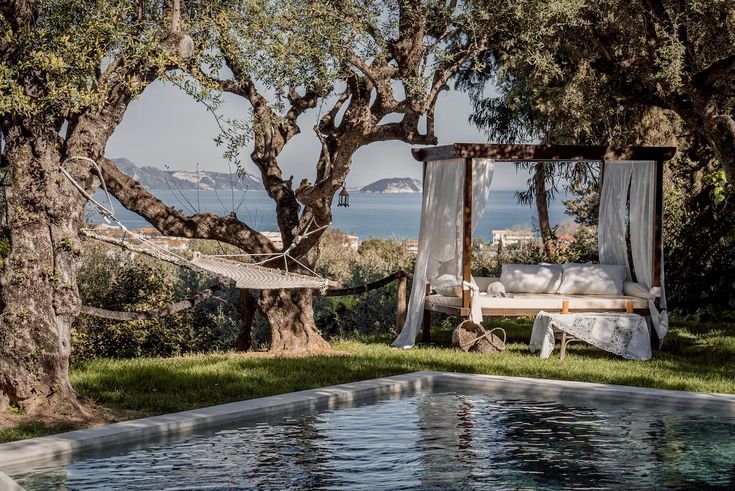
For instance, going to Crete in October felt like going to a whole other world. It was sunny but cool outside, and farmers were getting ready to pick olives. I often had the hiking trails all to myself.
Step Two: Pick the Right Island
The first thing you need to do to avoid crowds is stop following everyone else. Santorini and Mykonos are beautiful, but they’re not the only ones.
Here are some islands where I’ve found peace, beauty, and realness without all the tourists:
- Koufonisia is a small island with turquoise coves all around it. You can roam around the place on foot. There is no busyness in the area, you can just walk on the sandy paths, and clean water.
- Ikaria: This place is renowned for its residents’ long lives and slow-paced lifestyle. Hikes, pools, and late-night dinners under the stars make the days go by quickly.
- Folegandros: Picture the cliffs of Santorini, but with no people. It’s romantic and peaceful, which is great for people who like to take things slowly.
Step 3: Go Slowly
At first, I also made the mistake of taking the fastest ferries. Yes, they are easy to use, but they also tend to take you to the busiest routes.
I began to use smaller, slower ferries instead. On these kinds of ferries, you can drink coffee on deck, watch the islands go by, and maybe even talk to a local who is going home. It takes longer to get there, but that’s part of the fun.
And what if you don’t like ferries at all? Some of the quieter islands even have small airports. If you want, you can simply fly straight to Paros or Ikaria and skip Athens.
Step Four: Get Inside
The real beauty actually lies in the islands rather than on the shoreline, where most of the people pay a lot of attention.
People living on Santorini run to Oia just to watch the sunset. But the interesting fact here is that you can just skip it and can just sit quietly on the rooftop along with some locals and can just look at the sky transforming its colour and turning pink. It felt more real and more like me.
While visiting Ano Mera, you will come to know that the lives over here revolve around the monastery. If you want peace, then you can come here, as Mykonos has always been known for being busy.
Step 5: Find Quiet Beaches
People know about the beaches in Greece, but they can get very busy. The good news is that there are still a lot that aren’t.
Here are a few of my favourites:
- Agios Sostis (Mykonos): There are no bars or loungers, just sand and sea.
- Seitan Limania (Crete): A cove carved into the cliffs, with water that looks almost too blue to be real.
- Tsigrado (Milos): You have to climb down a ladder through the rocks to get there, but most people don’t, so it’s very quiet.
- Livadi (Donoussa): It’s a wide, sandy beach that is usually empty except in the summer.
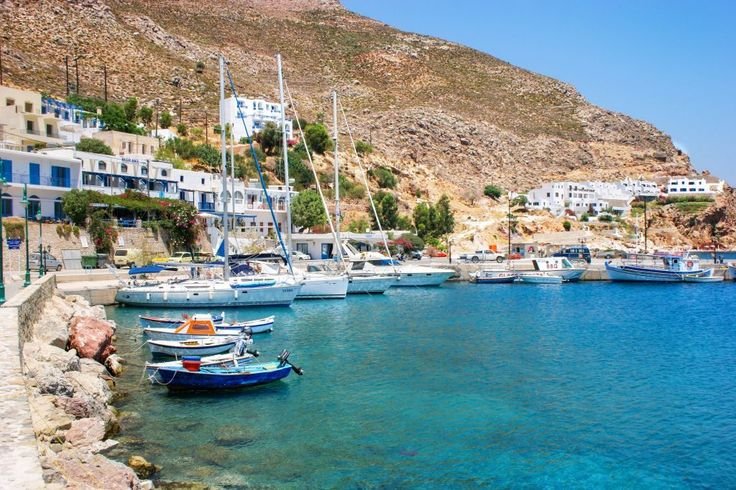
A good tip is to go early in the morning or late in the afternoon. Even on the busier islands, you’ll still have your own space, and the light will be softer and more magical.
Step 6: Eat where the locals do
The Greek food is half the reason to go. But in touristy areas, you’ll see the same menus over and over again: Greek salad, souvlaki, and moussaka. Yes, they taste good, but they are often too expensive and not very good.
The best food you will get here:
- You just need to keep yourself away from the water.
- If you are able to spot a lot of Greek families here then, it is really a big deal.
Coming to Naxos, you will taste the most delicious and creamy cheese of your life. Your mind will get blown after eating one of the simple bowls of chickpea stew. You will be able to smell the herbs on the way to the mountains, and you can also enjoy having goat, which has been cooked slowly on Ikaria.
The food that you will eat here will not only fill up your stomach but also help you connect with the locals there.
Step Seven: Choose experiences over lists
I noticed that people like to hang out at “must-see” places. Everyone wants to take the perfect picture of the sunset in Santorini or stand where “Mamma Mia!” was pictured.
But the best memories are often made when no one else is looking for them.
- You can taste wine at a family vineyard in Paros.
- Taking a walk along old donkey paths in Amorgos, where the sea goes on forever below you.
- Dancing at a panigiri, which is a village event with live music and lots of food on tables.
- Sailing to a small, remote island where you can swim in clean bays.
These are the things you’ll remember long after the likes on Instagram are gone.
Step 8: Stay in a place that feels like home
How you sleep affects how you feel about the islands.
Big resorts are fine if you want pools and convenience because they put a lot of tourists in one place. But if you want a quieter place to stay, the best places to stay are small guesthouses or rooms run by families.
I lived in a stone house in Tinos with my grandma, who made me bread every day. In Amorgos, I slept in a suite that was made out of a windmill. It felt like I was in a storybook.
Not only is it quieter, but it also helps families in the area directly.
Step Nine: Life on the Island is quite slow.
While leaving the tourist places, you will come across some of the towns where the travellers cannot make the entire economy. This is the reason this is such a great thing.
A few small things can have a big impact:
- Say “kalimera” (good morning) and “efharisto” (thank you).
- Don’t rush through your meals. Take your time, enjoy them, and talk.
- Respect siesta hours in the afternoon when villages calm down.
- Dress appropriately when you go to a church or monastery.
When you travel with respect, you don’t just see things; you become part of the story.
Two Itineraries to Help You Start: 7 Days in the Cyclades Without Many People
Day 1–2: Naxos (explore the old town, hike up Mount Zas, and swim at Agios Prokopios).
Day 3–4: Koufonisia (hike to hidden beaches and ride your bike all over the island).
Day 5–6: Amorgos (walk along the coast and see the monastery on the cliff).
Day 7: Get back to Athens by ferry.
Ten-Day Dodecanese Trip
Day 1–3: Karpathos (mountain towns, traditional food, and hard-to-find beaches).
Day 4–5: You can visit Halki which is actually is a small island along with a castle that which is from the time of Middle Ages.
Day 6–8: Symi, with its neoclassical harbour, colourful houses, and quiet coves.
Day 9–10: Rhodes (visit the old town, but stay away from the tourist areas).
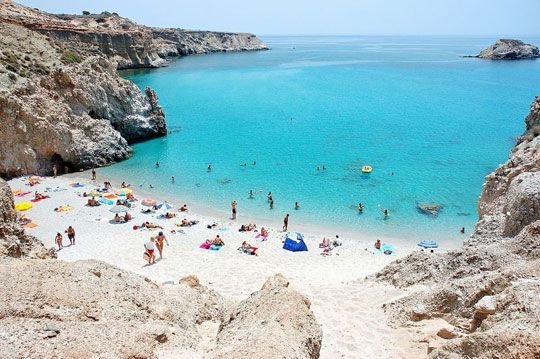
The Greek Islands don’t have to have a lot of people. They don’t have to be tough. When you leave the crowded areas, you find something even better: Greece that feels like it has always been there.
It’s drinking wine and listening to church bells in the distance while watching fishermen fix their nets in the morning, or finding a beach where only your footprints are visible.
That’s the Greece you need to go after. The one you make for yourself when you take the quieter, slower road, not the one you see in tourist brochures.
And once you’ve done it, you’ll never look at those crowded sunset spots the same way again.

